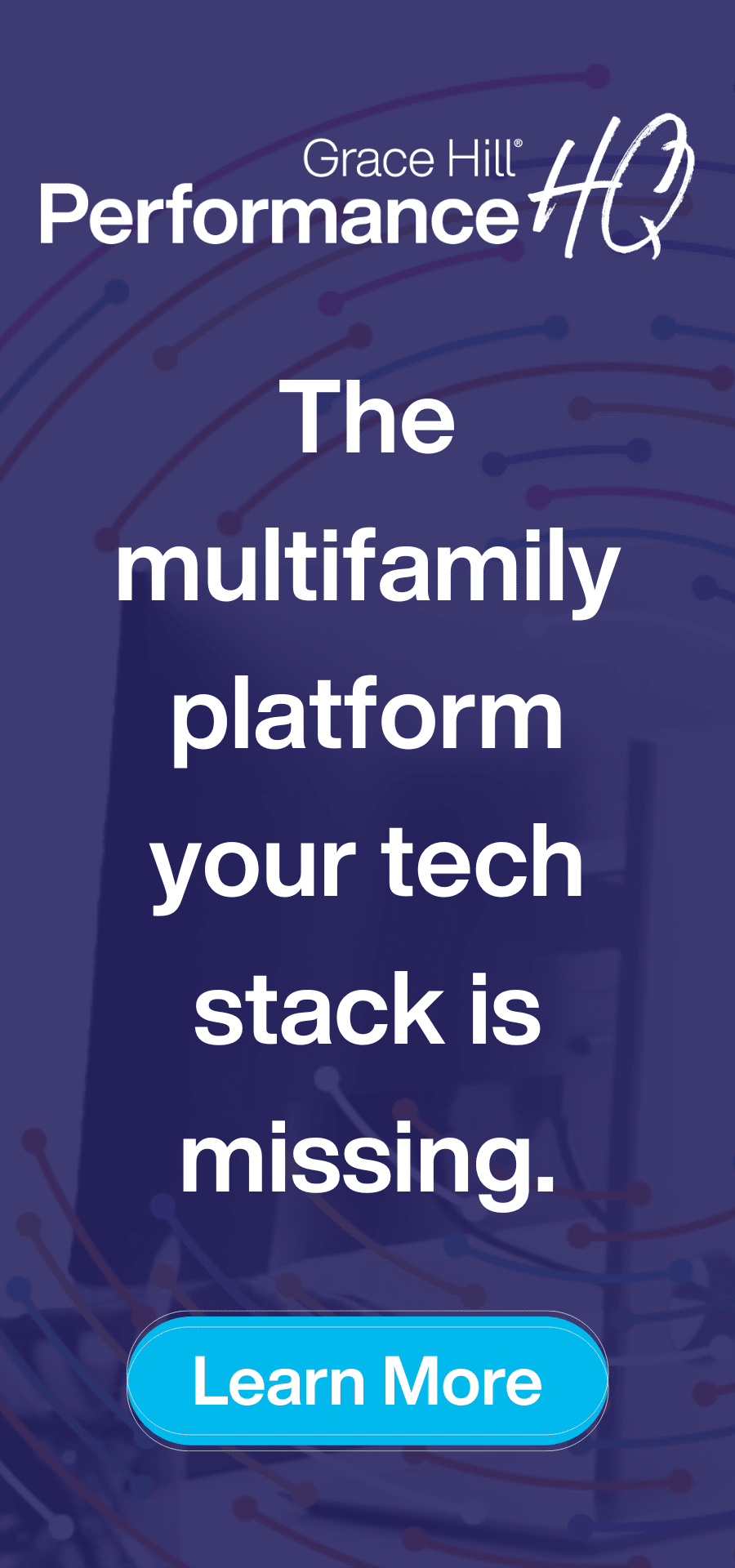Grace Hill Training Tip of the Week: Overviews – A Powerful Learning Tool
How often do you go on a long road trip without pulling up a navigation app on your phone? These days, probably not often. It is uncomfortable to not know where you are going or where you are in relation to the world around you.
Also think for a moment about what gets you in the car for that road trip. What makes you power through fatigue or bad weather? Usually, it is knowing that something important or fun is at the end of your journey.
These ideas also apply to learners. They are likely to feel more comfortable with a map showing what lies ahead, and orienting them to the big picture. And, when they understand the importance of the destination, or the learning opportunity before them, they are more likely to invest the effort to start and complete training.
This is where the overview comes in. It is a powerful learning tool that can get your learners ready to learn, and motivate them to persist even when training is… less than exciting.
An overview is a short introduction with the components shown below. It doesn’t have to be complicated. The examples show simple ways you might approach each component for a course on Fair Housing Law.
- Connects the upcoming content to the big picture. “Fair housing is not just another set of rules, it is essential to the expansion of civil rights in the United States.”
- Activates relevant prior knowledge. “Remember the seven protected classes under the FHA? They are race, color, national origin, religion, sex, familial status and disability status.”
- Explains why achieving the learning objectives will benefit the learner. “Discriminating against a person based on their membership in a protected class is unlawful. Learning how to avoid discriminatory practices can keep you and your community out of legal trouble, and will make your community a welcoming place for all customers.”
- Clarifies the learning goals. “In this course, you will learn the forms of discrimination that are prohibited by law and strategies to perform your job consistently with the laws.”
- Outlines the learner experience. “This course should take about 30 minutes. At the end, you will take a 10-question quiz. You must view all the content and pass the quiz to pass the course. You can exit the course any time and resume where you left off when you return.”
Overviews are your “hook.” Be creative and jazz them up! Consider simple motion graphics or animation. There are free animation tools for novices available – give one a try. Or, use a live video to make a personal connection with learners. Consider telling a story, having an important person in your company co-present, or make it interactive and ask learners to share relevant experiences.
Try an overview in the next training you develop or deliver. You just might find it helps your learners get where they need to go.


 Customer Support
Customer Support




